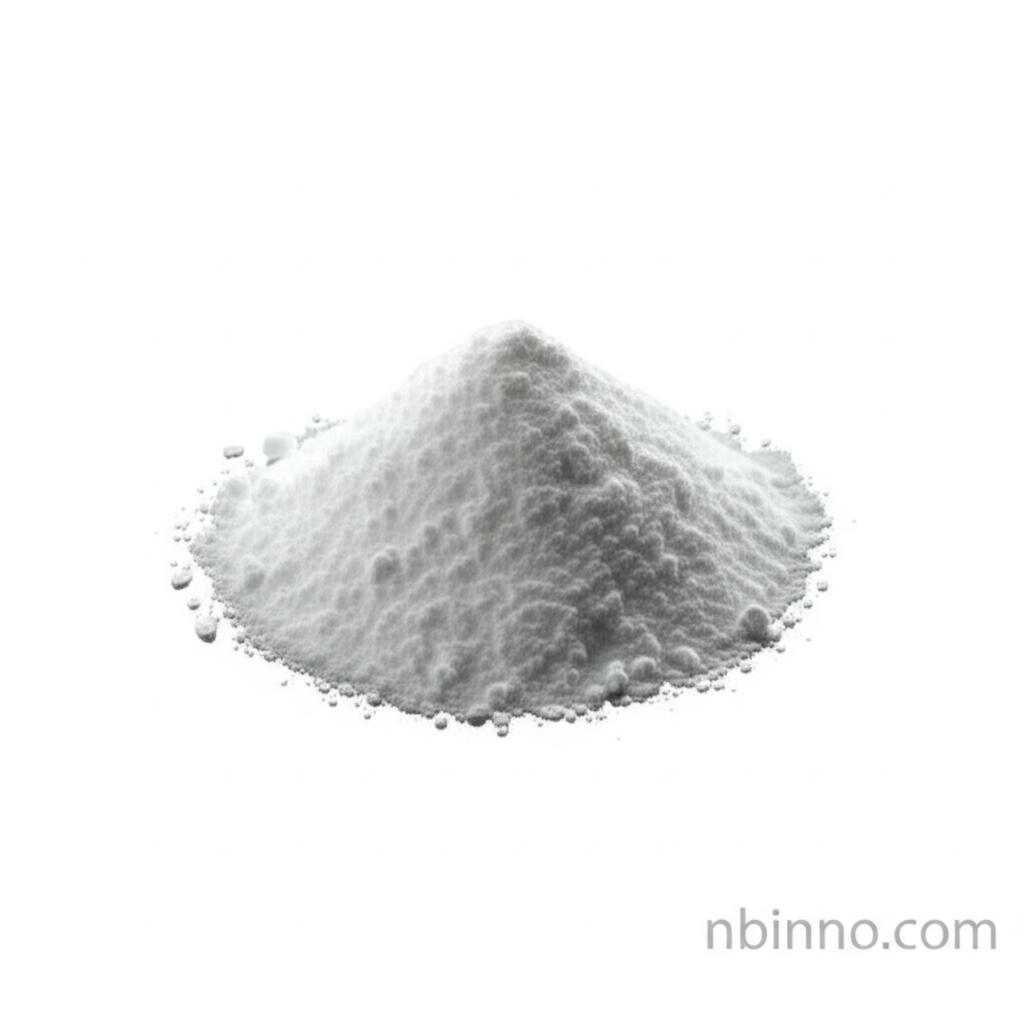Chloroquine: A Comprehensive Guide to its Pharmaceutical Applications and Properties
Explore the multifaceted role of Chloroquine, a vital pharmaceutical intermediate with a rich history in combating malaria and emerging applications in various therapeutic areas. Discover its chemical properties, mechanisms of action, and clinical significance.
Get a Quote & SampleProduct Core Value

Chloroquine
As a leading supplier in China, we provide high-purity Chloroquine, a critical Active Pharmaceutical Ingredient (API) with extensive applications. This compound is fundamental in the treatment of malaria and has shown promise in managing other conditions.
- Understanding the chloroquine malaria treatment efficacy is crucial for global health initiatives.
- Our high-quality Chloroquine pharmaceutical intermediate ensures reliable synthesis of vital medications.
- Explore the chloroquine uses and side effects to fully appreciate its therapeutic profile.
- Investigate the chloroquine mechanism of action for a deeper insight into its pharmacological effects.
Advantages of Chloroquine
Established Antimalarial Efficacy
Chloroquine has a long-standing history as an effective antimalarial drug, particularly against susceptible strains of Plasmodium, making it a cornerstone in malaria control efforts. This directly relates to successful chloroquine malaria treatment strategies.
Broad Therapeutic Applications
Beyond malaria, chloroquine serves as a valuable pharmaceutical intermediate for treating extraintestinal amebiasis and various rheumatic diseases, demonstrating its versatility in addressing diverse health concerns.
Potential in Antiviral Research
While research is ongoing, chloroquine has demonstrated in vitro antiviral activity, showing potential for future therapeutic applications in managing viral infections, contributing to our understanding of drug resistance mechanisms.
Key Applications
Malaria Treatment
Chloroquine is a primary agent for the prophylaxis and treatment of malaria, playing a vital role in chloroquine malaria treatment protocols worldwide.
Amebiasis Management
It is used for the treatment of amebiasis occurring outside the intestines, offering a reliable solution for parasitic infections.
Rheumatic Disease Therapy
Chloroquine is employed in managing autoimmune conditions such as lupus erythematosus and rheumatoid arthritis, highlighting its broader pharmaceutical intermediate utility.
Research and Development
The compound serves as a key building block in the synthesis of various other pharmaceutical agents, supporting ongoing drug discovery and development efforts.
